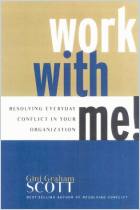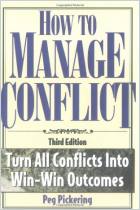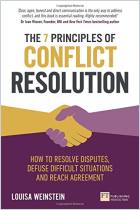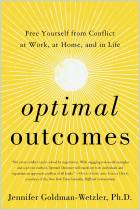Gary T. Furlong breaks down the complex interactions that accompany interpersonal conflicts into understandable units and introduces eight models for resolving differences. Because Furlong devotes a single chapter to each model, his book is a useful reference. Experienced mediators can dip in as needed or flip rapidly between examples. It would also make a good textbook, although students may find some of Furlong’s explanations of the nature of conflict overly complicated – and his diagrams only make the problem worse. getAbstract recommends this book to conflict-resolution specialists, human-resource managers, and students and their teachers who are looking for guidance through rocky employee-interaction terrain.
Modeling Conflict and Conflict Resolution
Some conflicts are minor and easy to forget, but many are painful and confusing. Sorting through all the accusations, emotional upset and differing stories sometimes feels impossible. That’s where models come in. They can help you organize the details and focus on the essentials. They are like maps. No map corresponds exactly to reality and all maps leave out a lot. However, a good map is useful precisely because it includes only the information you need to find your way.
“Model #1: The Circle of Conflict”
Some models use images to analyze conflicts. “The Circle of Conflict,” for example, pictures conflict as a circle divided into six wedges:
- “Relationships” – This covers the parties histories with one another.
- “Externals/moods” – These can range from having a lousy day to having a chronic illness or to living in a country with a bad economy.
- “Values” – Each person has distinct beliefs, ethics and standards of behavior.
- “Data” – Each person knows and assumes different information.
- “Structure”


















Comment on this summary or 开始讨论